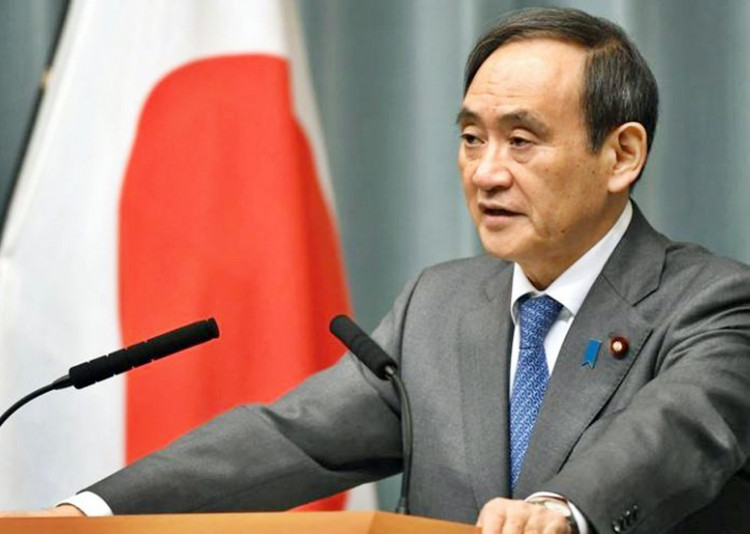Japan Prime Minister Yoshihide Suga's first COVID-19 stimulus package allocates $708 billion for the economy.
Suga announced the package Tuesday and said it included fiscal spending of $384 billion that will go to loans, investments and spending. Suga's cabinet approved the deal.
The government said Japan's gross domestic product rose 22.9% year on year for the fiscal third quarter.
"We will maintain employment, keep businesses going, revive the economy and open a path to growth including through green and digital technology," explained Suga at a meeting of the government and ruling parties.
Suga's Liberal Democratic Party called for the fresh stimulus, this time to help fill a $327 billion demand shortfall in the economy.
The largest sums to be spent in the $384 billion package will go to supporting structural changes toward a post-corona economy ($177 billion); virus containment measures ($57 billion) and disaster management ($54 billion). In addition, the government's "Go to" domestic tourism program will receive $13 billion.
In early November, economists said Japan's economy will rebound in the fiscal third quarter, which it has, after posting a record postwar contraction in the second quarter.
Stronger exports and output owing to a jump in overseas demand have helped the economy's recovery. On the other hand, weak capital investments and consumer spending is increasing the pressure on Suga's administration to boost fiscal and monetary support in the form of a third stimulus package.
Suga told his Cabinet members to "ensure the economy continues to pick up and bring it back to a growth path led by private demand."
Economy Minister Yasutoshi Nishimura said the proposed package would cushion the blow from COVID-19, assist structural changes in the economy and boost productivity through digitalization.
"We'll want to consider government spending that will attract private investment," said Nishimura.






